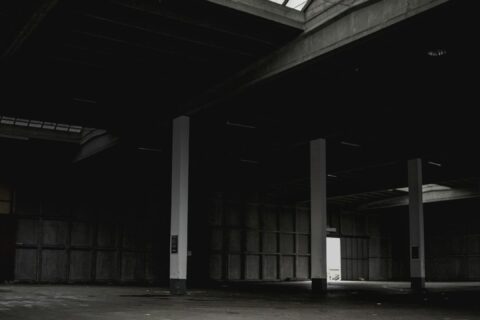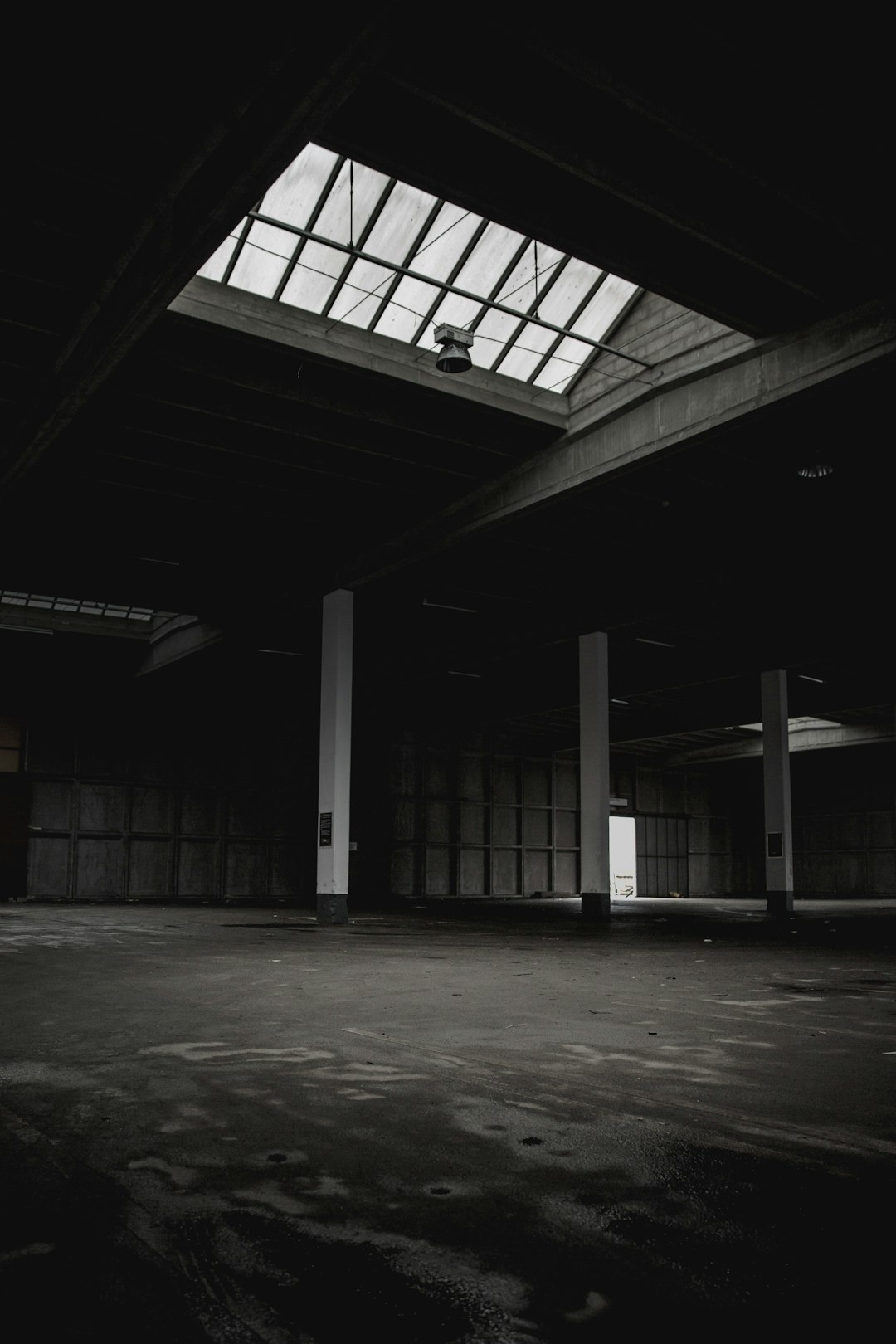Fire protection systems provide a range of safety measures for a building. Fire sprinklers and fire extinguishers are essential for emergencies and must be present on each floor. A control panel allows users to control the system, and a backup power supply helps it function even if the main power source fails. Other components of a fire protection system include fire-rated doors and exit lighting.
Active and passive fire protection systems
There are two major types of fire protection systems: passive and active. Passive systems use a fire-resistant building envelope and are primarily designed to keep smoke and flames from spreading. They also work by making it difficult for a fire to spread through voids. These systems give occupants more time to leave and allow active systems to do their job.
Passive fire protection systems are designed to prevent fire spread through a building by creating compartments. They contain the fire by separating rooms using fire-resistance-rated walls, floors, and ducts. They can also contain smoke and fire by using fire doors and dampers.
Standpipes
Standpipes are an essential part of fire protection systems, as they discharge water that can create a pathway for occupants to evacuate. They can also suppress blazing fires. They must be installed at various locations within a building, and pressure levels must vary. Those on lower floors should be installed with pressure-reducing valves.
The International Building Code requires three stories or more buildings have a standpipe system. The standpipes are classified as Class I, Class II, or Class III, depending on their size and location. Class I standpipes are designed to protect firefighting personnel, while Class II standpipes are intended for building occupants.
Pressurized gas fire suppression systems
Pressurized gas fire suppression systems use gaseous agents to contain a fire. These agents are environmentally friendly, leave no residue, and are easy to install and maintain. They are also less expensive and require less hardware. Various environmental and fire protection agencies approve these systems. If you are looking for a system for your facility, contact Fire Protection Technologies for more information.
Pressurized gas fire suppression systems are available in various sizes and configurations. These systems are primarily comprised of a detection system and predetermined gas storage. The most common system is a total flood system that fills the protected risk area with gas, while local application systems disperse the gas directly at the risk area. One innovative system called the iFlow Fire Suppression System delivers a regulated discharge of inert gas to fight fires without compromising the safety of people and property.
Hybrid systems
A hybrid fire protection system combines two types of fire suppression systems. One type is designed to be used at low elevations, while the other uses high-pressure extinguishing agents. While the effectiveness of the hybrid extinguishing system varies, it offers several advantages over a traditional system.










